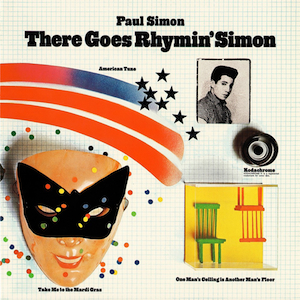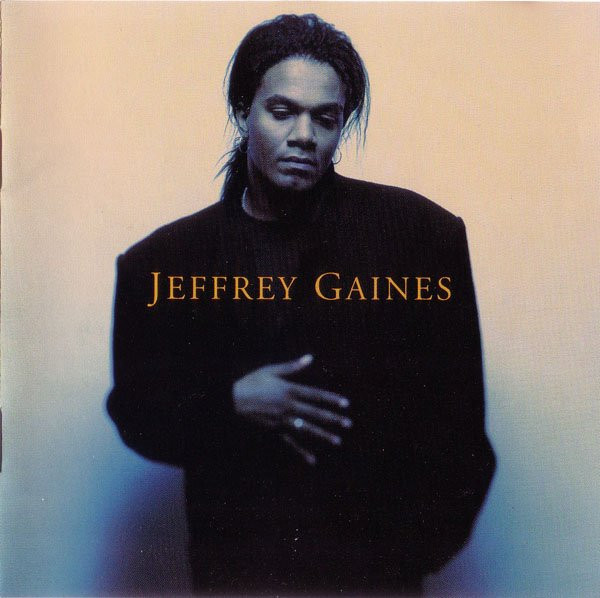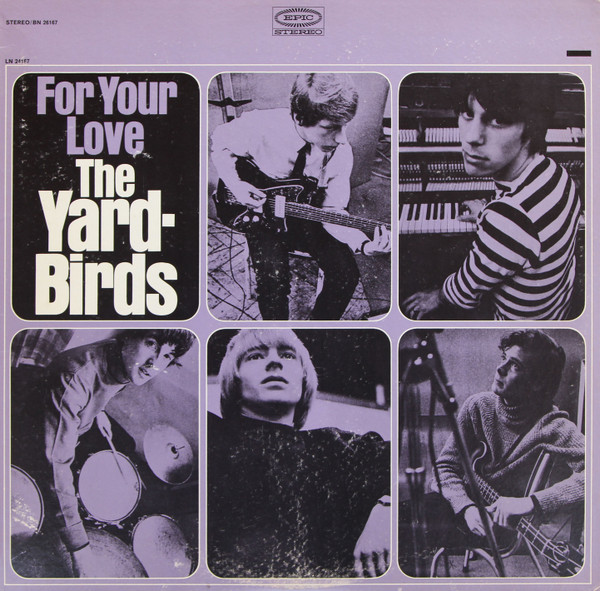Well, first he made a couple of movies, and he even taught high school math. But the man was born to sing, sing, sing, and so he tapped Roy Halee and a sea of musicians to help craft his first solo album. Angel Clare is credited to his surname only, and gathers a truly odd assortment of traditionals and songs by contemporary writers, like Paul Williams, Jimmy Webb, Van Morrison and Randy Newman.
This is a pop album, despite the presence of Jerry Garcia, J.J. Cale, two of Derek’s Dominos, and even his erstwhile partner on one track. But his choices are downright bizarre—the murder ballad “Down In The Willow Garden”, the less obscure “Barbara Allen”, Van’s reggae outtake “I Shall Sing”, and “Feuilles-Oh”, a folk song that helped break up the duo, strapped to a Bach chorale given truly spacey lyrics. He does try to experiment with different sounds and instruments, on “Mary Was An Only Child” and “Woyaya”.
But we’re here for the voice, which always manages to find those twists that bring tears to your eyes. “Traveling Boy” is a typically creepy Paul Williams tune that tries to cover a kiss-off to last night’s groupie with fake tenderness—the flip side of Leon Russell’s “Superstar”, if you will—but good luck not swooning at the breakdown and buildup for the last minute. The smash hit “All I Know” is best known for its own hook, which disguises the malice in the relationship the rest of the song describes. Even in the slap at the “Old Man” is a pretty song with a highly mean sentiment. (He would admit that he chose songs for their melodies before reading the lyrics.) Nudged along by the arrangements, those little moments crop up to generate such an ache that it’s hard not to wallow in them.
Surprisingly, Angel Clare hasn’t gained a reputation as a fractured masterpiece, likely because Artie never battled an addiction to anything stronger than weed. There’s almost something diabolical about that angelic (sorry) voice coming out of that cherubic face delivering the words of disturbed people. The album title comes from a less-than-savory character in English literature, so maybe he’s more clever than we think. But move aside some of the weirder songs, and you can almost hear the coming of Barry Manilow. (They would have been a good match, but Barry didn’t need someone to sing his songs, and then where would Darius Rucker have learned his phrasing?) The liner notes would have us believe the whole thing was recorded in a church, but that doesn’t excuse the appearance of the boys’ choir on side two. Put the three tearjerkers on a constant loop and forget the rest, and cry until you can cry no more.
Garfunkel Angel Clare (1973)—2½






:format(jpeg):mode_rgb():quality(90)/discogs-images/R-1940240-1283350116.jpeg.jpg)

:format(jpeg):mode_rgb():quality(90)/discogs-images/R-172074-1402243207-4242.jpeg.jpg)

.jpg)